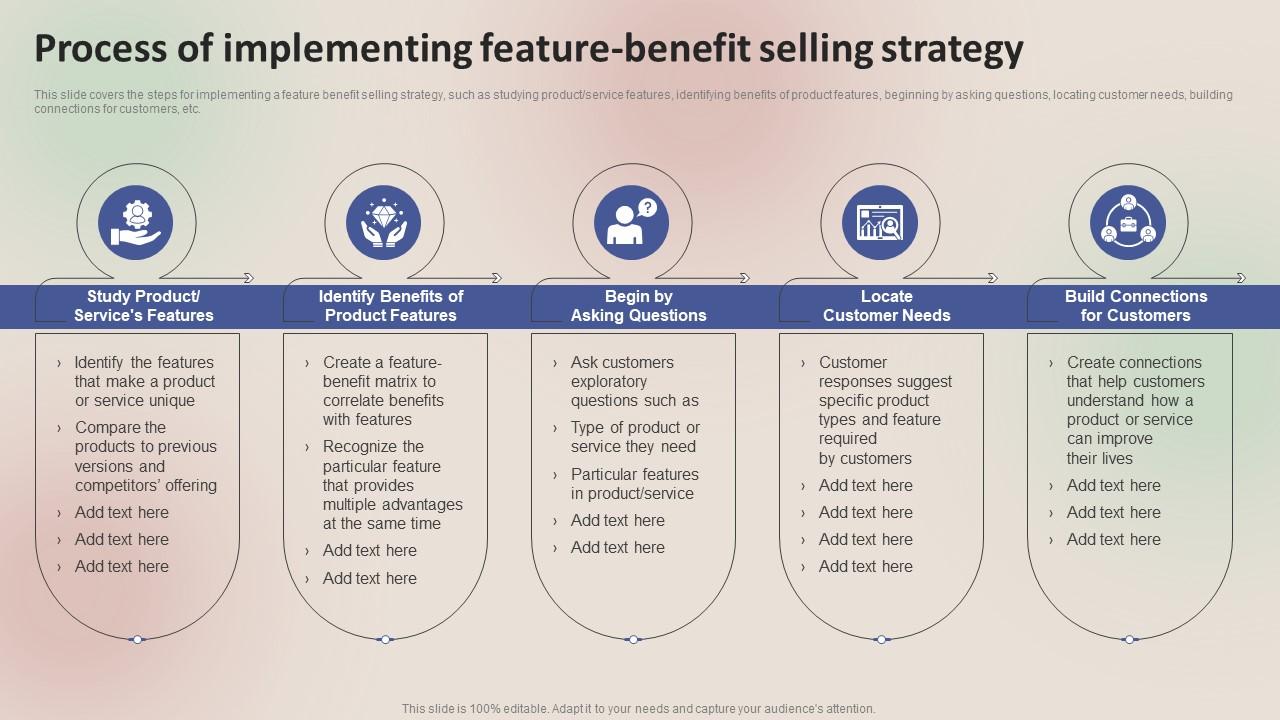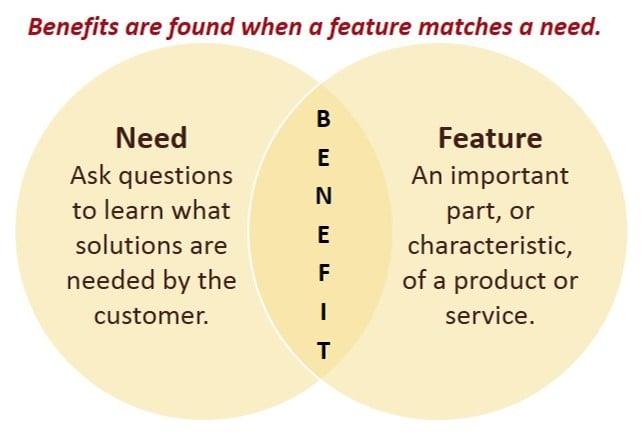Unlocking the Power of "Why": A Guide to Selling Your Product Through Feature-Benefit Storytelling

Imagine this: you’ve poured your heart and soul into crafting a product or service. It’s innovative, solves real problems, and has the potential to transform lives. Yet, you’re struggling to communicate its value to potential customers. They see the features, but they don’t understand the why.
This is where the magic of feature-benefit storytelling comes in. It’s not just about listing out specs; it’s about weaving a narrative that connects your product’s capabilities with the desires and aspirations of your ideal customer.

Let’s build a framework for crafting compelling product narratives:
1. Define Your Ideal Customer Persona:
- Who are they? What are their demographics, interests, pain points, and aspirations?
- What are their needs and desires? What problems are they trying to solve? What are their goals?
- What are their motivations? Why are they interested in your product or service?
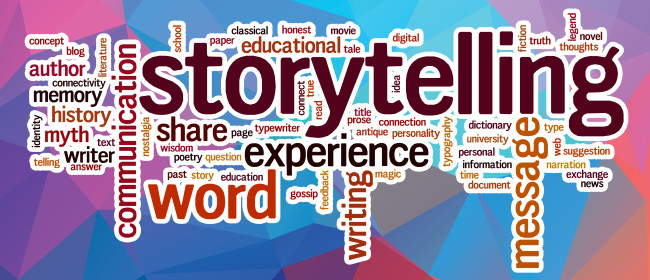

Example: Let’s say you’re selling a smart home security system. Your ideal customer might be a busy professional with a family, concerned about home safety and wanting peace of mind while they’re away.
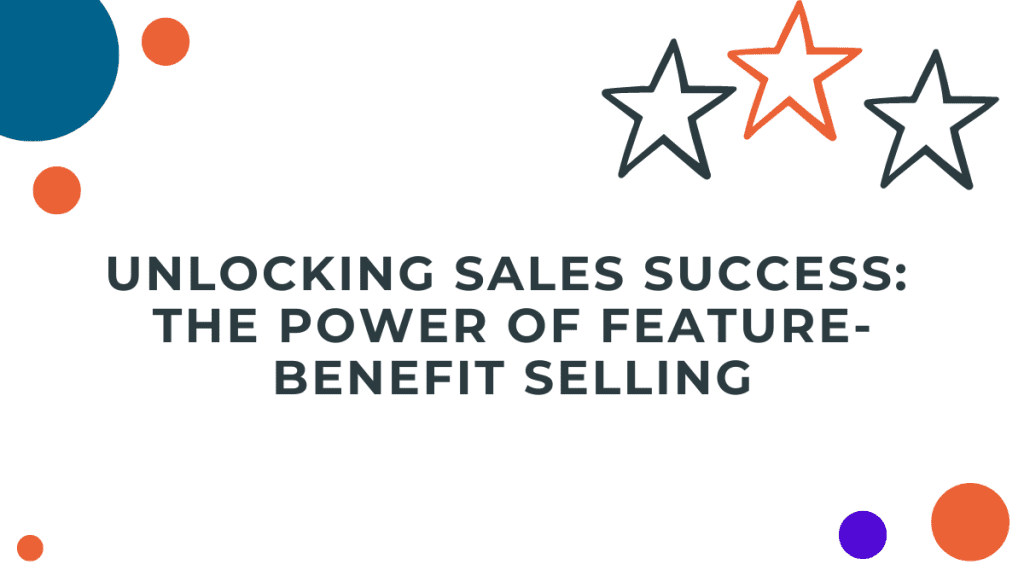
2. Identify Key Features and Benefits:
- Features: What does your product or service do? These are the tangible aspects, the "what."
- Benefits: What does your product or service mean to your customer? How does it solve their problems and improve their lives? These are the intangible, emotional aspects, the "why."


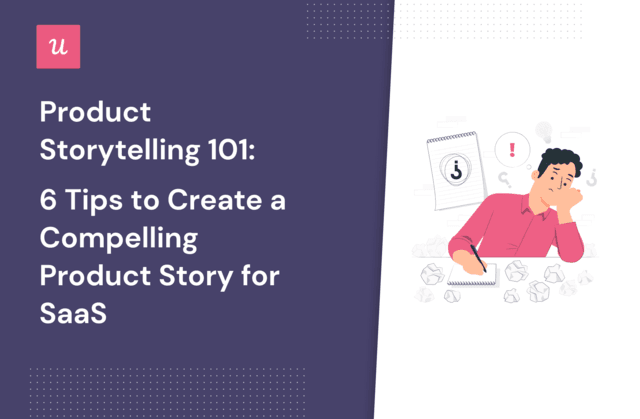
Example:
| Feature | Benefit |
|---|---|
| 24/7 monitoring | Peace of mind knowing your home is protected even when you’re away |
| Motion-activated cameras | Real-time alerts and video footage of any suspicious activity |
| Remote access through app | Control your security system from anywhere, anytime |
| Integration with smart home devices | Seamlessly connect your security system with other smart home devices for enhanced control and automation |
3. Craft a Compelling Narrative:
- Start with the problem: What pain point does your product address? How does it resonate with your ideal customer’s life?
- Introduce the solution: Present your product as the answer to their problem. Focus on the benefits, not just the features.
- Show, don’t tell: Use vivid language, stories, and visuals to bring your product to life.
- Emphasize the emotional connection: How does your product make your customer feel? What are the positive outcomes they can expect?
Example:
Problem: "Are you tired of worrying about your home’s security while you’re at work or on vacation? Imagine coming home to a peaceful and safe environment, knowing your family is protected."
Solution: "Our smart home security system offers 24/7 monitoring, motion-activated cameras, and remote access, so you can stay connected and in control, no matter where you are. It’s like having a personal security guard watching over your home."
4. Use Visuals and Storytelling:
- Images, videos, and infographics: These can help to illustrate your product’s features and benefits in a more engaging way.
- Customer testimonials: Real-life stories from satisfied customers can be powerful evidence of your product’s value.
- Case studies: Showcase how your product has helped other businesses or individuals achieve their goals.
Example: Use a video showcasing the ease of use of the smart home security system, featuring a family enjoying peace of mind while on vacation.
5. Tailor Your Message to Different Channels:
- Website: Use clear and concise language to describe your product’s features and benefits. Include high-quality images and videos.
- Social media: Share engaging content that highlights the benefits of your product and resonates with your target audience.
- Email marketing: Personalize your emails to address specific customer needs and pain points.
- Sales presentations: Use visuals and storytelling to create a memorable and persuasive experience.
Example: On your website, highlight the peace of mind benefit with a headline like "Sleep Soundly Knowing Your Home is Safe." On social media, share a video of a customer using the system and enjoying its features.
6. Focus on the "Why"
- Benefits over features: While features are important, they are simply the building blocks. Focus on the benefits that your product delivers.
- Emotional connection: Appeal to your customer’s emotions and aspirations. How does your product make them feel? What dreams does it help them achieve?
- Value proposition: Clearly articulate the unique value that your product offers. What sets it apart from the competition?
Example: Instead of just saying "Our system has motion-activated cameras," say "Our motion-activated cameras provide you with real-time alerts and video footage, so you can quickly identify and respond to any suspicious activity."
By focusing on the "why" and using compelling storytelling, you can transform your product from a list of features into a solution that resonates deeply with your ideal customer. Remember, the key is to connect your product’s capabilities with their needs, desires, and aspirations. This is how you unlock the true power of your product and inspire them to take action.
